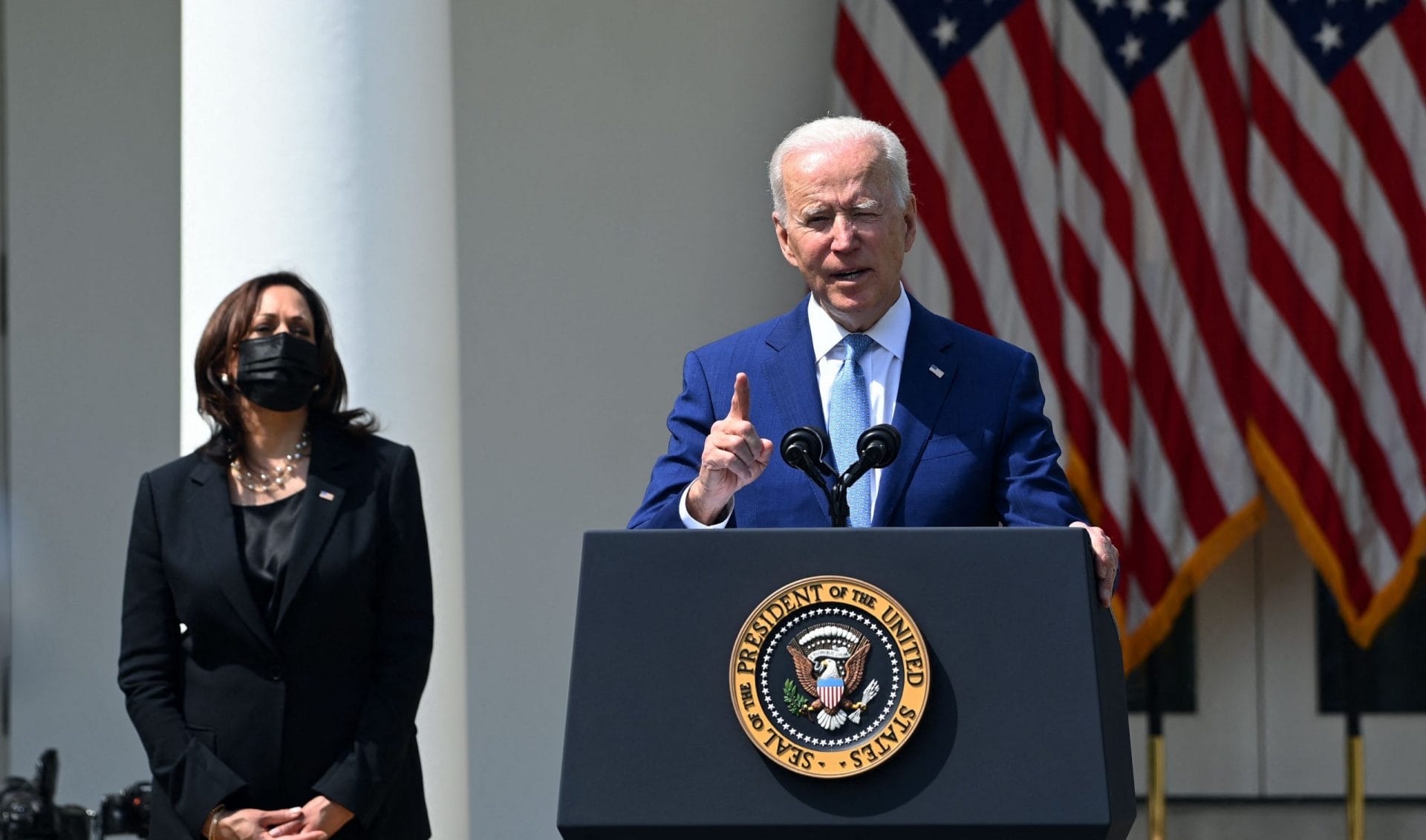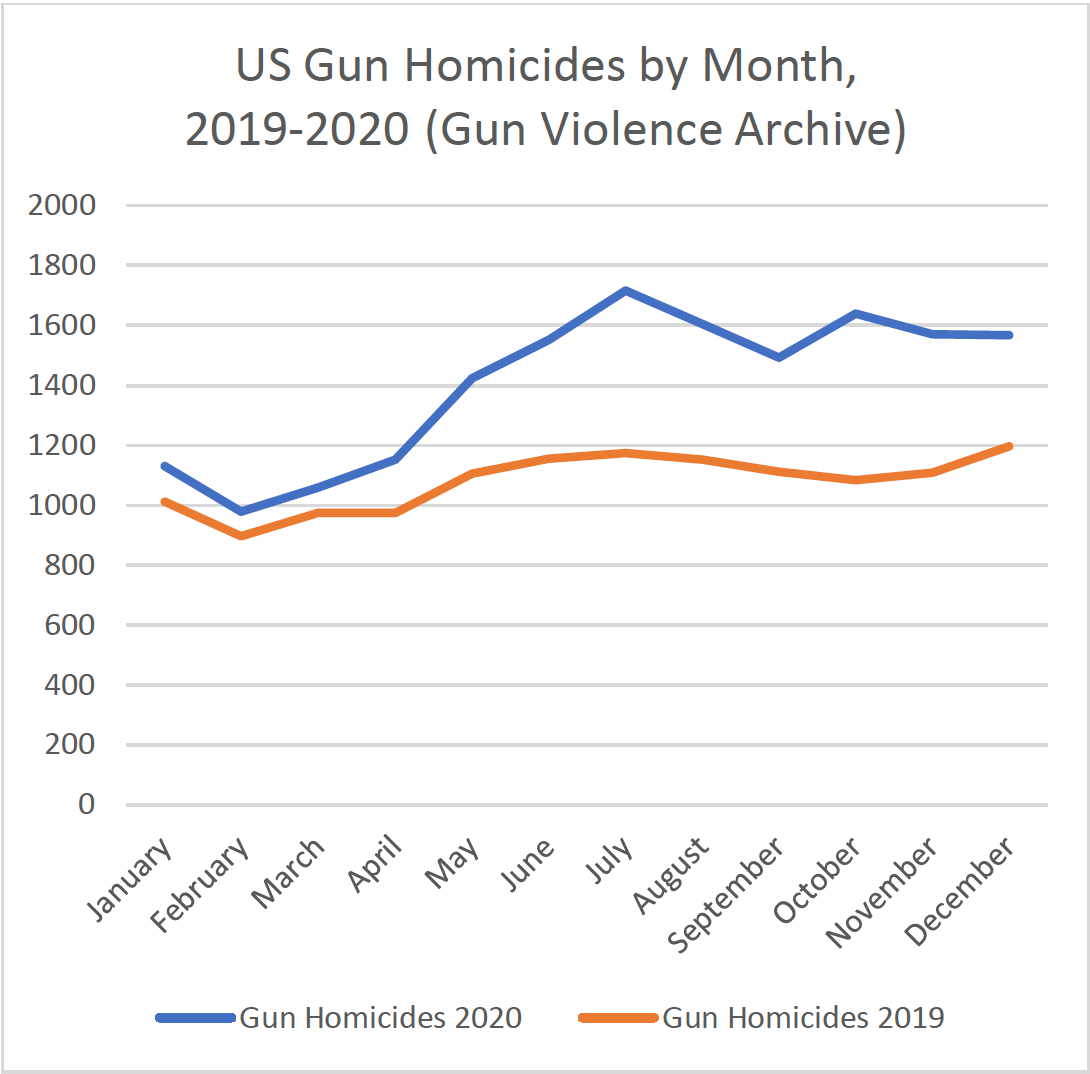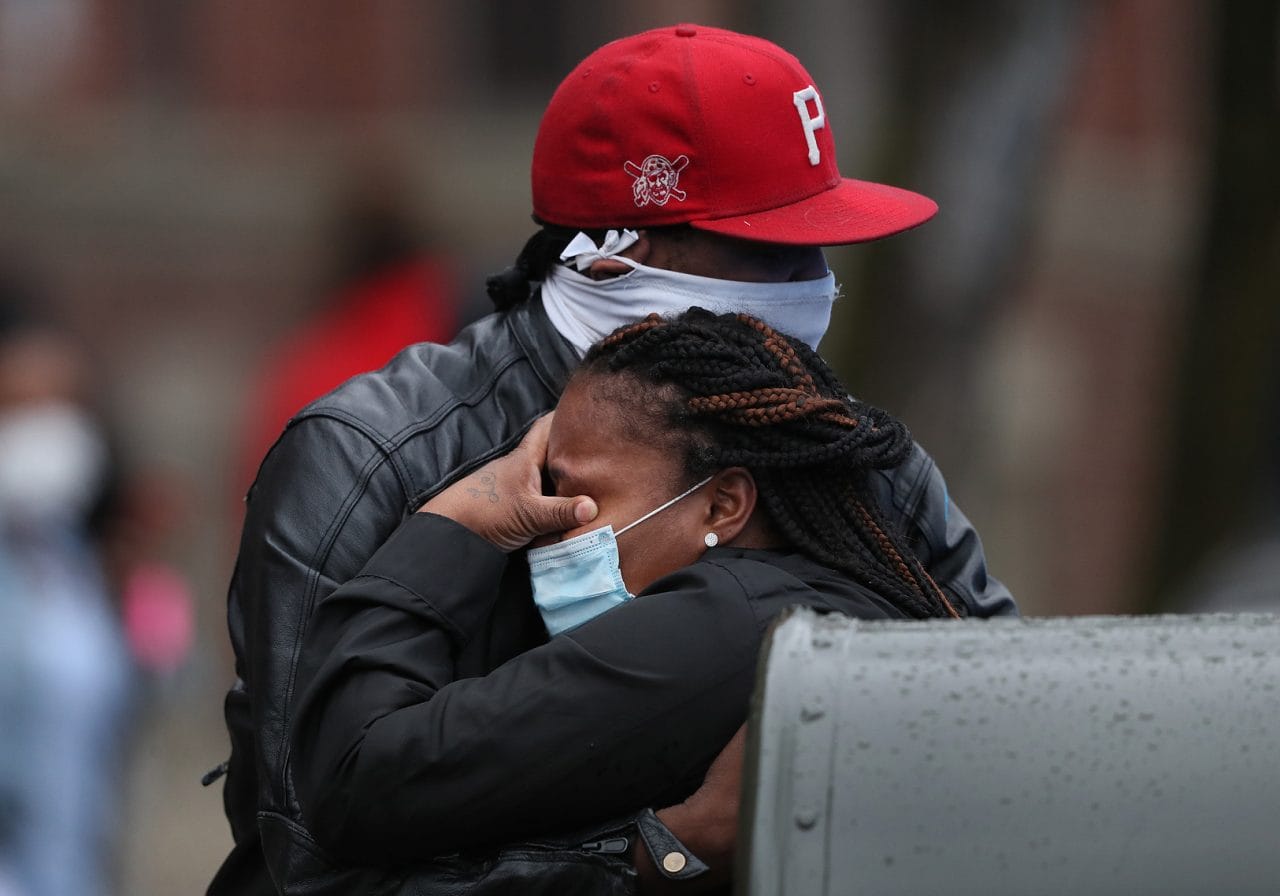
Funding Community Safety with American Rescue Plan Relief Funds
All states, cities, and counties are about to receive large amounts of direct and flexible federal funds from the American Rescue Plan to help recover and respond to the pandemic’s broad impacts, support essential work, aid nonprofits, and backfill cuts to government services.
There is an urgent need to raise awareness about the availability of these funds for violence prevention, and for advocacy to ensure state and local lawmakers use American Rescue Plan Funds to address the record spike in shootings and trauma our communities have experienced since the start of the pandemic.
The American Rescue Plan Act (ARPA) is a $1.9 trillion pandemic-relief bill signed into law by President Biden in March 2021. The bill makes multiple investments in state and local infrastructure, schools, and public health efforts, but Section 9901 of this bill also directs hundreds of billions of dollars in more flexible federal aid and relief directly to states, cities, and counties. State and local governments will start receiving these American Rescue Plan funds by mid-May and can spend these funds for eligible purposes through the end of 2024.
Legislative analysts have described this as “Flexible Funding” that is “supportive of local discretion.” Lawmakers nationwide are unveiling proposals to use these relief funds for purposes ranging from violence prevention to housing services, youth behavioral health programs, workforce development, tourism promotion, aid to bars and fitness centers, and animal shelter repairs.
The US Treasury Department also issued guidance specifically permitting the use of ARP funds to, “facilitate access to resources that improve health outcomes,” including, “evidence-based community violence intervention programs to prevent violence and mitigate the increase in violence during the pandemic.” A number of cities invested earlier pandemic-relief funds in violence prevention, and now multiple cities have announced plans to invest American Rescue Plan funds in violence prevention too.
The American Rescue Plan uses even broader language than pandemic-relief bills enacted last year. It authorizes state and local governments to use relief funds to “respond to the public health emergency,” and its broader economic harms, and explicitly authorizes use of these funds to backfill cuts made to government services during the pandemic, provide aid to nonprofits, and support essential workers and entities that employ essential workers (such as street outreach workers, and community safety, public health, and behavioral health professionals). The Biden administration has already signaled that pandemic-relief funds should be directed broadly to build back better, and that investing in community violence intervention is a critical national priority for responding to 2020’s unprecedented spike in homicide and longstanding inequities in health and safety.
COVID-19 & Gun Violence: Intersecting Epidemics
—Apr 13, 2021
In other words, it is already clear that states, cities, and counties can and should use their American Rescue Plan recovery funds to support violence intervention programs over the next three years. In fact, it would be an enormous policy failure if they neglect to do so.
Since the start of the pandemic, the US has suffered a record spike in gun sales, homicides, shootings, and related traumas. The toll of this violence has fallen most heavily on the same communities most impacted by the pandemic and its economic harms. To truly heal and rebuild, state and local officials can and should dedicate a portion of their American Rescue Plan funds to respond to the ongoing gun violence emergency and build safer, healthier communities for all.
Record Spike in Gun Homicides Since the Start of the Pandemic
Gun Violence Archive data indicates that the US suffered a 36% increase in gun homicides after the start of the pandemic, from April-December 2020, compared to the same period in 2019.

Text of Section 9901 (“Coronavirus State and Local Fiscal Recovery Funds”)
Section 9901 of the American Rescue Plan Act authorizes state and local governments to use State and Local Fiscal Recovery funds to cover costs incurred by the State or local government through December 31, 2024:
“(A) to respond to the public health emergency with respect to the Coronavirus Disease 2019 (COVID–19) or its negative economic impacts, including assistance to households, small businesses, and nonprofits, or aid to impacted industries such as tourism, travel, and hospitality;
(B) to respond to workers performing essential work during the COVID–19 public health emergency by providing premium pay to eligible workers of the [the State or local] government that are performing such essential work, or by providing grants to eligible employers that have eligible workers who perform essential work;
(C) for the provision of government services to the extent of the reduction in revenue of [the State or local government] due to the COVID–19 public health emergency relative to revenues collected in the most recent full fiscal year of [the State or local government] prior to the emergency; or
(D) to make necessary investments in water, sewer, or broadband infrastructure.”
Please contact Giffords Law Center’s policy experts for any assistance and information we can provide to support your advocacy and violence intervention efforts. For additional information, please also see a recent report and advocacy guide by the Alliance for Safety and Justice about this and other federal funding opportunities for community-based programs to reduce violence.
HERE TO HELP
Interested in partnering with us to draft, enact, or implement lifesaving gun safety legislation in your community? Our attorneys provide free assistance to lawmakers, public officials, and advocates working toward solutions to the gun violence crisis.
CONTACT US

